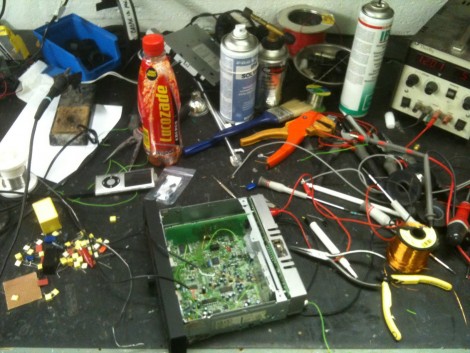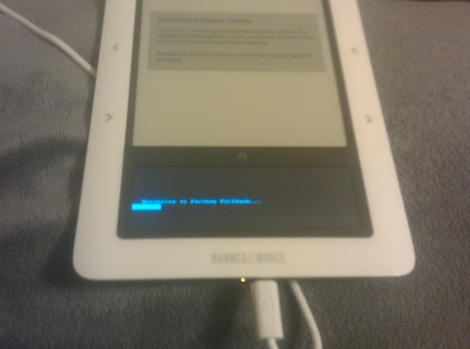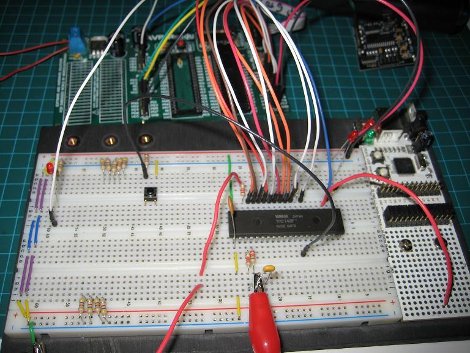Creepy or not?

Do you find these faces creepy or cute? They can display a huge range of facial gestures and the German engineers who designed them were trying to avoid the uncanny valley. That’s the point at which human features on a robot seem quite real, but are off in just the right way as to cause revulsion. [Thanks Simon]
Water in your ink cartridge

Like all great hackers [Dean] digs through his neighbors’ trash. He found an inkjet printer but wanted to test it out before buying new cartridges. The old ones were dried up but he revitalized them with an injection of filtered water. It might get you through that quick printing project without a trip to Walgreen’s.
Laser-cut LP record

[Niklas Roy] demonstrates a laser-cut LP record. He’s using acrylic as a medium, kind of like a big CD with grooves in it. He’s got several tracks that are simple loops instead of the longer spirals you may be familiar with. They definitely sound different but it’s up to you to decide if that’s by design, or a fluke.
Star Wars cinema

Ever wonder what to do with those classic toys you’ve got sitting around? Here’s a little video that envisions your life with an AT-AT as the house pet. [Thanks Gabe via Wired]













